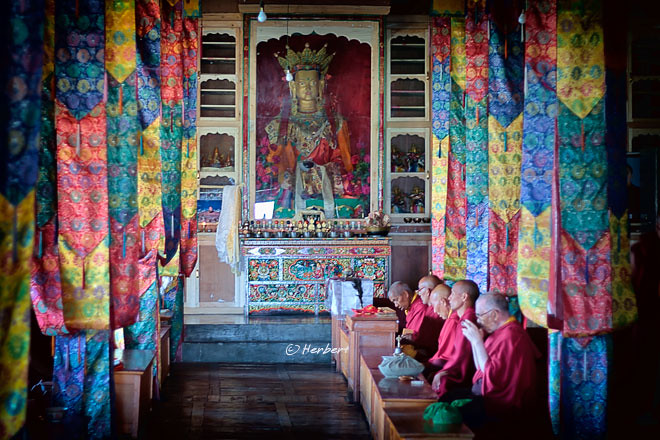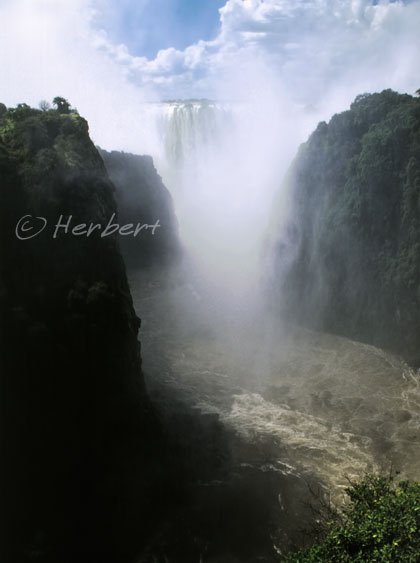
Location: Paris, France (48°51′39″N 2°20′09″E)
Date: 26 February 2006; 1.25pm
Camera: Canon 300D with kit kens
Independent traveling is a fun way to travel for me. Often I get to see many unexpected places and interact with all sorts of interesting people. This mode of traveling needs a bit more planning and is also more time-consuming as most of the time I have to rely on local transport, whatever there might be. In some countries such as China, this is not a problem as there is a myriad of transport options available, from the publicised train and bus services, to chartered, hitch-hiking and sharing of transport with other travellers. One can virtually get to any secluded corners with a little effort. The same goes for countries such as Pakistan and India. I guess this is a factor of rural hospitality and poverty which makes people more willing to share and help others. This is not the case with more developed countries- in such countries such as USA and most parts of Europe, public transport is only good to bigger cities. Outlying places are not easily accessible by public transport. This is also due to the fact that most people in such countries own their own transport; so the demand and hence, supply for services to more secluded destinations do not exist. Even if options are available such as joining a local tour, these are always only good for the casual look-see, been-there-before type of sightseeing. Renting a car, often is the most feasible option to travel to rural, outlying and secluded places in these countries.
If you are lying from the UK and need to drive to the airport you are stuck with the problem of where to leave your car. Try Gatwick Parking if you are flying from London. Or if you are flying from the North, try parking at Manchester Airport.





















